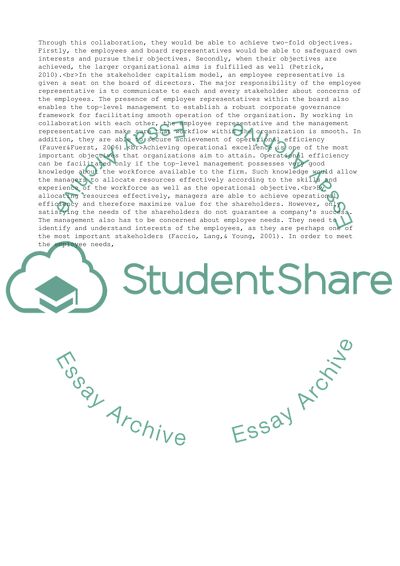Cite this document
(“Germany and US Stakeholders Essay Example | Topics and Well Written Essays - 1250 words”, n.d.)
Retrieved from https://studentshare.org/business/1650421-germany-and-us-stakeholders
Retrieved from https://studentshare.org/business/1650421-germany-and-us-stakeholders
(Germany and US Stakeholders Essay Example | Topics and Well Written Essays - 1250 Words)
https://studentshare.org/business/1650421-germany-and-us-stakeholders.
https://studentshare.org/business/1650421-germany-and-us-stakeholders.
“Germany and US Stakeholders Essay Example | Topics and Well Written Essays - 1250 Words”, n.d. https://studentshare.org/business/1650421-germany-and-us-stakeholders.


